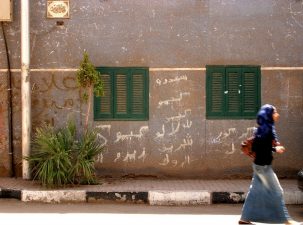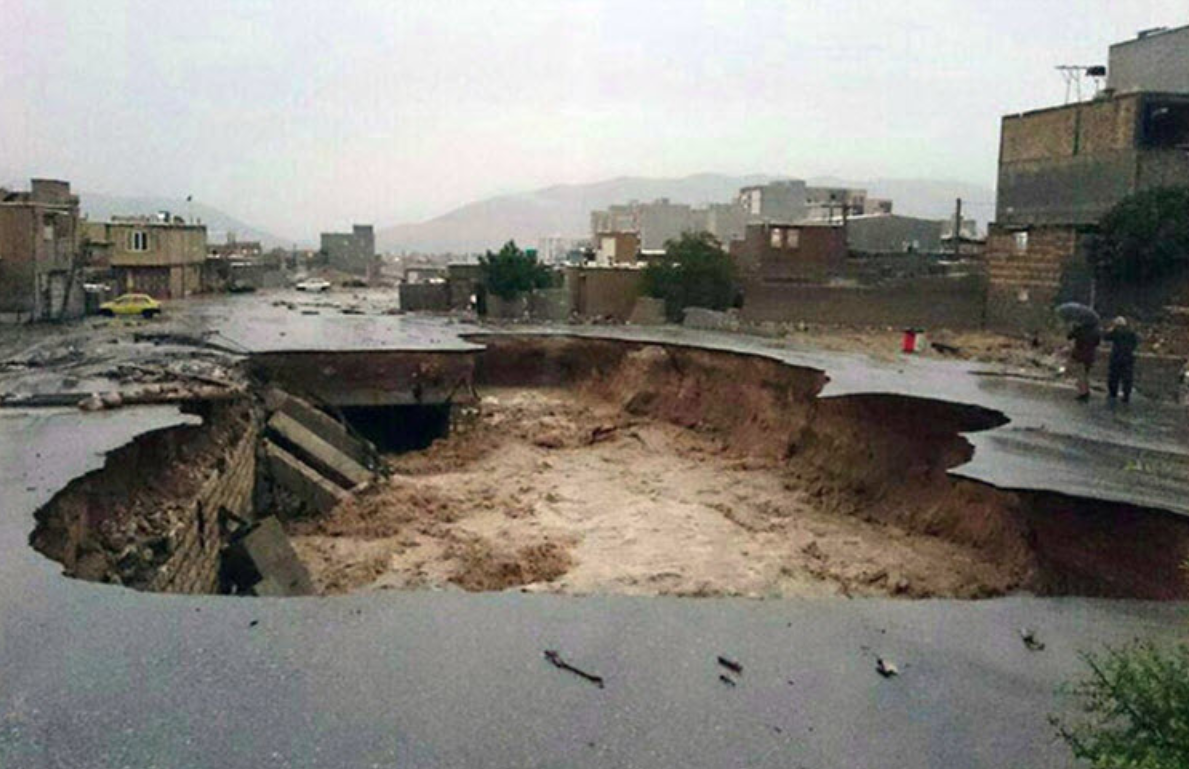
Thanks to drought and over-pumping underground water reserves in the western region of Tehran, Iran’s capital city, fissures also known as sinkholes are opening up, causing Iran’s major city and capital city to sink.
The sinkholes threaten people’s homes and the local infrastructure.
While some Middle Eastern countries like Israel are seeing record rain, Tehran is feeling the effects of a three-decades long drought. Ongoing desertification and over-use of water from a growing population is the major cause to these dangerous sinkholes that can open anywhere, anytime.
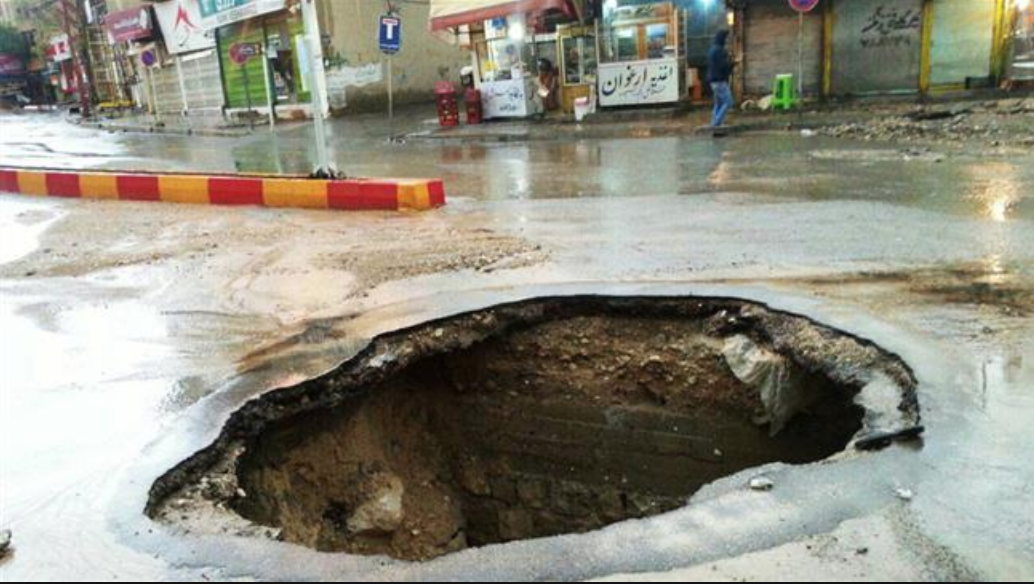 The Dead Sea regions of Israel and Jordan have also seen a growing number of sinkholes as the large body of inland water recedes more and more every year. See below.
The Dead Sea regions of Israel and Jordan have also seen a growing number of sinkholes as the large body of inland water recedes more and more every year. See below.
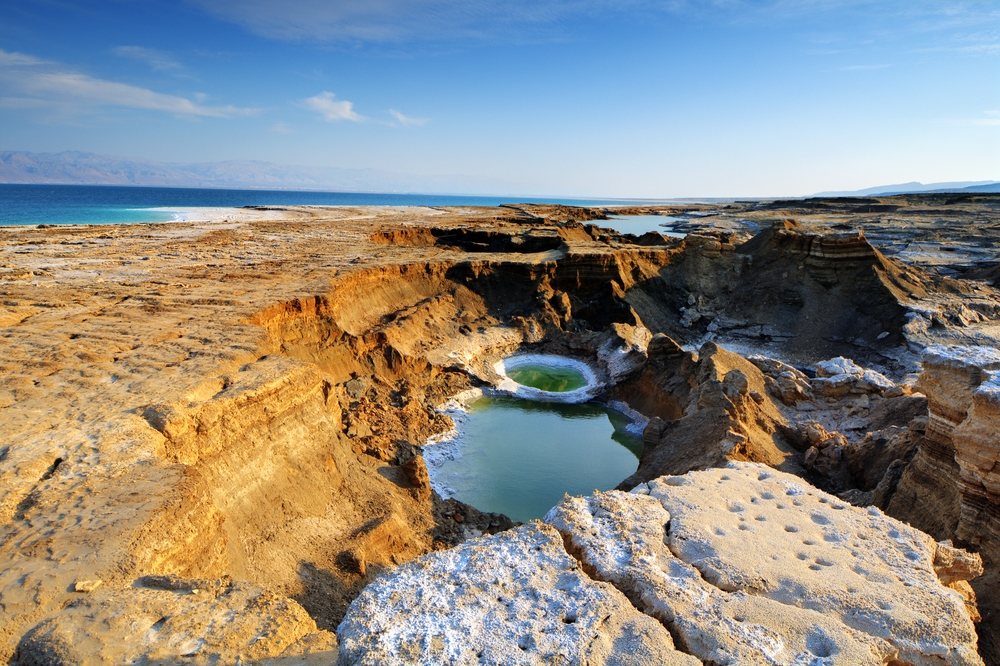
Tehran is growing to a record 8.5 million people, and underground aquifers now over-pumped get saltier and saltier every year. Instead of going straight to the taps, a large amount of water goes to growing food in a very inefficient way.
The Tehran region is known as one of the 10 driest places on earth and the sinkholes are now causing the area 3,900 feet (1,200 meters) above sea level, to shrink 8.6 inches (22 centimeters) per year, according to the Iranian government.
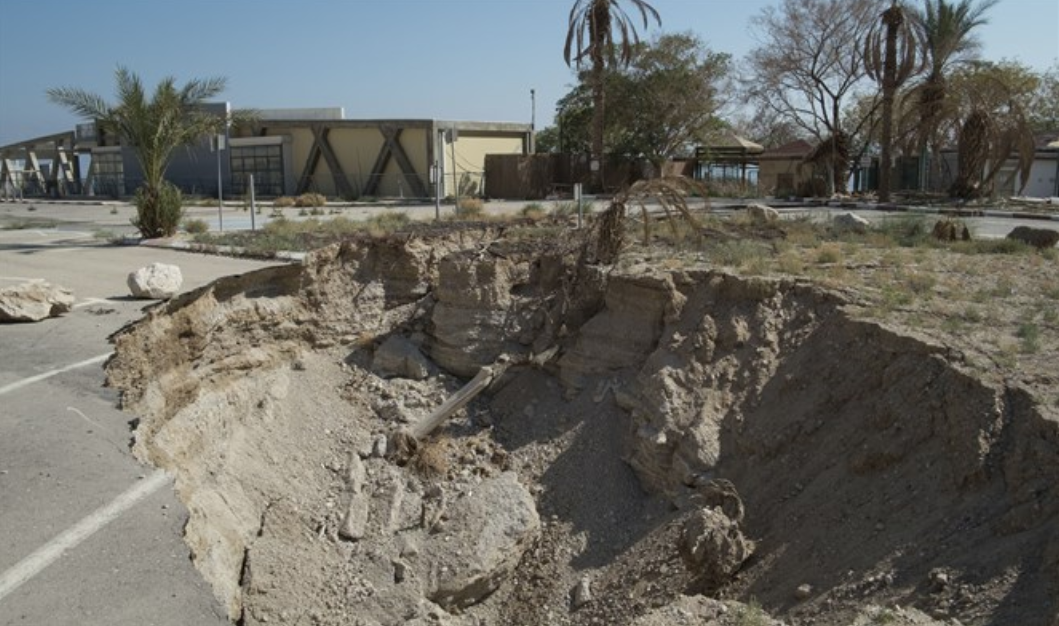
What happens when your city is sinking? Cracked water pipes, gaping holes in the sidewalks, and miles long fissures that can swallow anything in its path threatening the airport, oil refinery operations, railroads and highways.
International sanctions against Iran have hurt it. But these have been going on since the 1979 revolution. Iran has sought to produce enough food locally to feed all of its people but in term has caused permanent damage to its local geography.
A recent study found that even if there is more rainfall the local terrain seems to have lost the ability to hold water.

